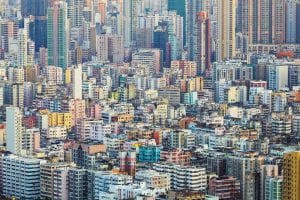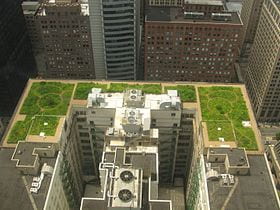There are issues and challenges that come with the process of greening and incorporating green spaces into urban communities. Greening is a research-intensive process that requires the cooperation of multiple different fields in order to maximize the benefits a green space can offer. The effective implementation runs into a variety of issues and problems that make the process of greening not as easy as one would think.
Issues and Challenges with Planning and Implementation in the Greening Process:
- Financeability
- Densification
- Biodiversity loss
- Planning and Regulation constraints
- Design Standards
- Socioeconomic standards (Access)
These issues and challenges are some of the many that researchers and city leaders face when trying to implement and create a green space for their communities. Urban density, population growth, social issues, and policy and laws are evident to causing the main issues seen with achieving a successful green space plan. These issues and challenges refrain the green space from not only happening but from even reaching its full potential to be sustainable and health-driven. “These can lead to lower living quality in consolidation areas, worsened recreation possibilities, loss of biodiversity, lack of provision of ecosystem services and lack of coherent green space” (Haaland & Bosch 767).
The main issue is densification and socioeconomic standards because the areas that need these green spaces the most are urban cities. It is hard to provide a well-functioning and sufficient green space area to those who need the health benefits and areas that need the sustainability impact when there is no space to put them, or a space that is accessible. “low-income neighborhoods and communities of color places where public health challenges tend to be the most critical, often have relatively poor access to safe and well-maintained parks and other types of open space” (Bosch, et al., 239). With issues and challenges come time and research in order to further improve the process of greening.
Ways to Improve the Implementation of Greening:
Incorporating greening into urban communities and the daily lives of citizens benefits public and environmental health. The presence of greening has been proven to positively impact the social and mental well-being of the citizens in the community. Dr. Sara Barron from the University of Melbourne and Dr. Kathleen L. Wolf from the University of Washington stated, “Studies across multiple decades outline the contributions of urban greening to improving our well-being and reducing urban heat.” In order to provide citizens with green spaces, there is an urgent need to fill the gaps within research and policymaking.
Solutions to the Challenges of Implementing Greening:
- Micro-doses of nature
- Incorporate green views from building windows
- Plants at entrances and exits
- Small green spaces for relaxation
- Retain trees
- Diversify tree and plant species
- Shade protection with canopies
- Green roofs
- Curbside planting
- Restore Rivers, Canals, Railroads
These are just some of the many solutions to practicing betters ways to include greening and green spaces in all communities. Fast urban expansion has strained the quality of the environment and urban life (C.Y. Jim, 755). The need for green spaces is vital and needed more than ever to see a change in public and environmental health. There is a chance for greening to renovate this world and make our lives more sustainable and healthy, to better our communities and the Earth. Cities can be compact and green, it doesn’t have to be one or the other, it just takes hard work and determination. Filling the knowledge gap is the first step and requires input and research from professionals in multiple fields. Researchers, policy-makers, politicians, and general citizens all play important roles in making this process change for the better. Careful planning and community involvement are needed to allow the greening process to flourish and provide its essential functions to the area.


